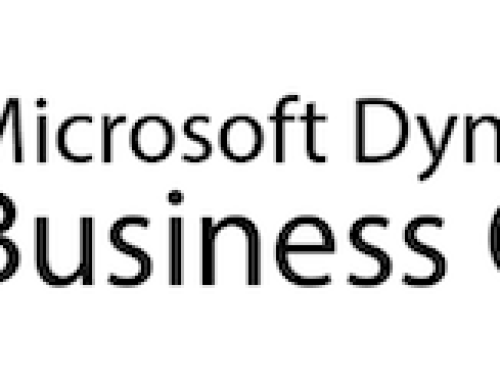Get ready to breeze through your Dynamics GP Year-End Receivables Management! In this article, we are sharing top tips to make your year-end process smooth and stress-free. These insights are crucial for ensuring accuracy and efficiency, so you can wrap up the year with confidence and ease. Let’s dive in and make this your best year-end close yet!
Does the 2024 Year-End Update include any changes for the Receivables Management Year-End Closing process?
No, there are no changes included the 2024 Year-End Update that will affect the Receivables Management year-end close process.
When should the Year End Close for Receivables Management be done?
- If you are using a Calendar year, the year-end process should be done at the end of your calendar year, prior to posting any transactions in the next calendar year.
- For those using a Fiscal year, the year-end process should be done at the end of your fiscal year, prior to posting any transactions fin the next fiscal year.
What does the year-end close process do and/or affect?
- The Calendar year end close clears the Calendar Year-to-Date Finance Charges and moves them to the Last Year Calendar field in the Customer Finance Charge Summary window found under (Cards >> Sales >> Summary >> Finance Charges).
- The Fiscal Year end close transfers all amount other than the Calendar Year-to-Date Finance Charges to the Last Year column in the Customer Summary window (Cards >> Sales >> Summary).
What steps should I take to close the year?
Post all transactions for the current year and then proceed through the rest of the steps outlined in Year-end closing procedures for Receivables Management – Dynamics GP | Microsoft Docs
Key points to remember:
- Make a restorable backup when it is recommended as you work through Year-end closing procedures for Receivables Management – Dynamics GP | Microsoft Docs.
- Receivables Management is not completely date sensitive. This means that if you do not close the year after you enter all the current year transactions and before you enter transactions for the new year, some areas in GP will contain incorrect information.
- Since there are some date sensitive features, it is recommended you close the year on time.
- You will notice that we have two articles around closing Receivables Management Year-end closing procedures for Receivables Management – Dynamics GP | Microsoft Docs and Payables Management Year-end closing for Payables Management – Dynamics GP | Microsoft Docs– both instructions say to ‘Close the tax year by going to Microsoft Dynamics GP >> Routines >> Company >> Tax Year-End Close. You will only have to do that once, typically after both RM and PM are closed. The reason this step appears in both articles is due to the fact that not everyone used both the RM and PM modules.
Be sure to refer to the 2024 Year-End Blog Schedule to review current and upcoming blog posts and other helpful resource links related to Year-End Closing for Dynamics GP.
CAL is here to assist our Dynamics GP customers with their year-end update/closing so please don’t hesitate to contact CAL Support at Support@calszone.com to schedule a time with one of our consultants so your year-end goes smoothly.
By CAL Business Solutions, Connecticut Microsoft Dynamics GP / 365 BC & Acumatica Partner, www.calszone.com
Read the original post at: https://community.dynamics.com/blogs/post/?postid=07b687ad-03b1-ef11-b8e8-7c1e5246cd7c
















